A fundamental aspect to Lean Development involves the modularization and establishing common interfaces for complex products and portfolios. At the product level, modularization and standard interfaces enable an effective Set-Based approach to development. Standardization at a portfolio and product subset level allows for reduced design efforts, less variation in manufacturing, better buying power, fewer SKU’s to stock, etc. Much of the impact is derived through the creation of knowledge owners for more effective learning as a part of the innovation process.
A fundamental aspect to establishing knowledge owners, and in turn, defining common interfaces, and determining the appropriate modularization is through Functional Block Diagrams. Functional block diagrams are a tool to break the product (and the portfolio) into functional blocks rather than bills of materials or manufacturing routing diagrams. The functional blocks depict the product in functions in accordance to how the consumer utilizes the product.
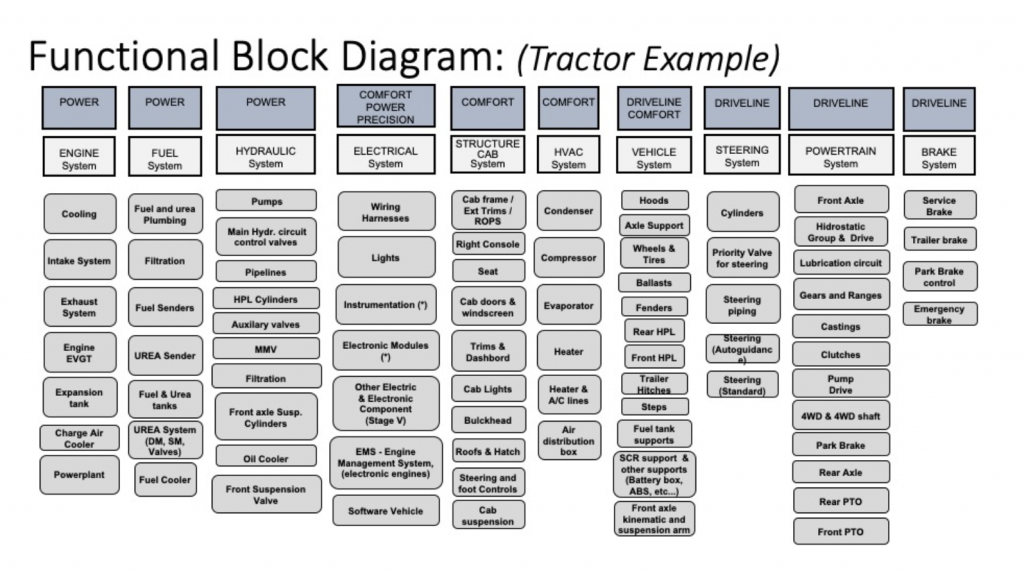
The blocks define the locations for interfaces which are standardized within a product or even across the portfolio. With knowledge owners aligned to functional blocks, the interfaces are defined and the modularity aspects can be established.
This further opens the door for the organization to better align on tolerance management. Many engineering organizations strive for the definition of product and industrialization specifications as early in the process as possible. That includes defining the tolerances when working with suppliers. But tolerances are a major driver for the product costs – and defining them early when you don’t know exactly how all components function together is an unnecessary cost increase. Managing product tolerances should be a conscious design concept that needs to be embedded into the process landscape of product management and product design. The goal is to define tolerances as late as possible in the development process, so that the overall product decisions can be made appropriately.
Establishing proper tolerancing, component standardization, common interfaces, and modularization are multi-faceted endeavors with many moving pieces. Experience in dealing with preconceptions, technical topics, and input from many aspects of the organization is required to develop the most appropriate solution for each company. Our grey-haired consultants have exactly that industry experience to help organizations take advantage of these principles..
Some topics to consider:
In addition to the examples of topics to be addressed, we have also developed a proprietary process to define and execute the development of standards and modules. The objective of the Bottom-Up component rationalization and consolidation with Value Engineering is to bundle for better sourcing and leveraging best designs.
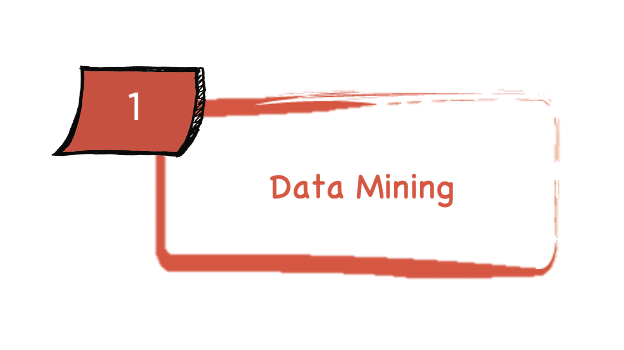
1. Data extraction and analysis on selected platform(s): Creation of a WDB (Working database), extraction of data from relevant ERPs and import in WDB and go through master data of all relevant components.
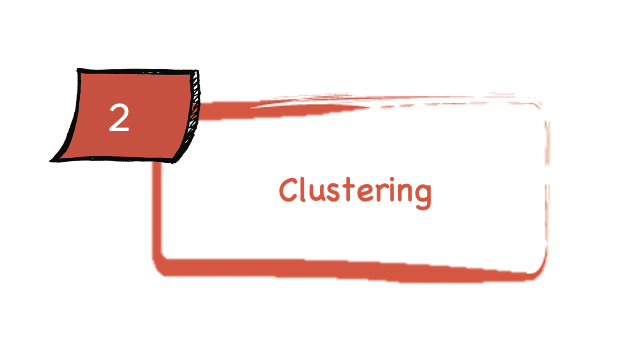
2. Qualification Workshops: e.g.,PR (Performance Related) / NPR (Non-Performance Related), or Differentiator/USP (Unique Selling Proposition), Visualize patterns and classification trees.
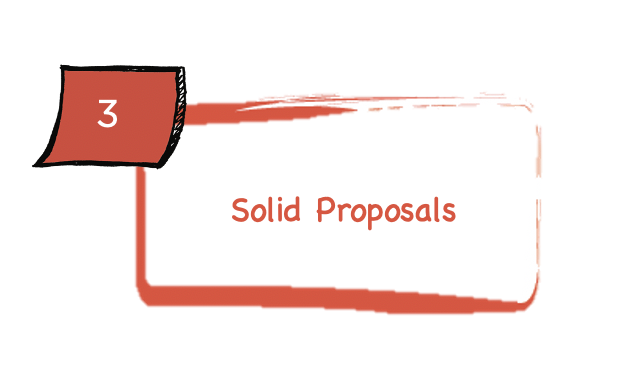
3. Part Swap and ModularDesign Proposals: This stage includes the development of Solid proposals for Components Swapping and for Module Designs, including confidence factor and effort needed.
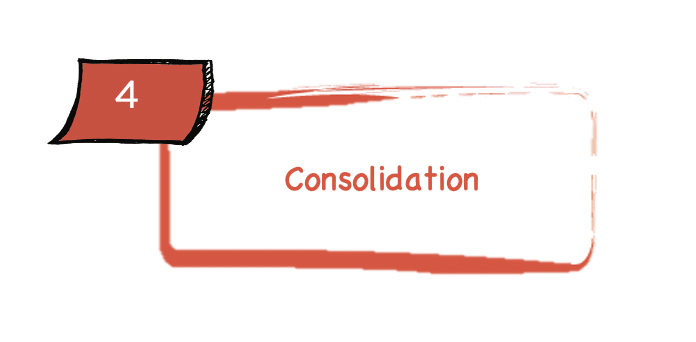
4. Consolidation: Final actions include confirming estimations and applying to documentation. Review quotations from plants & suppliers, and update BOMs accordingly.
